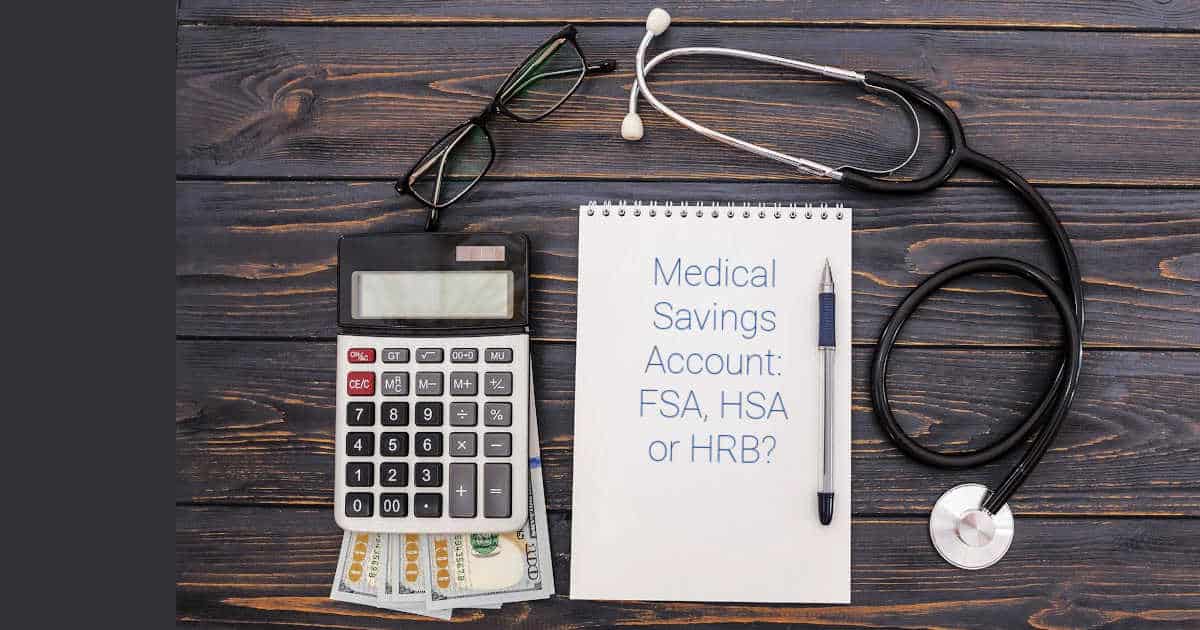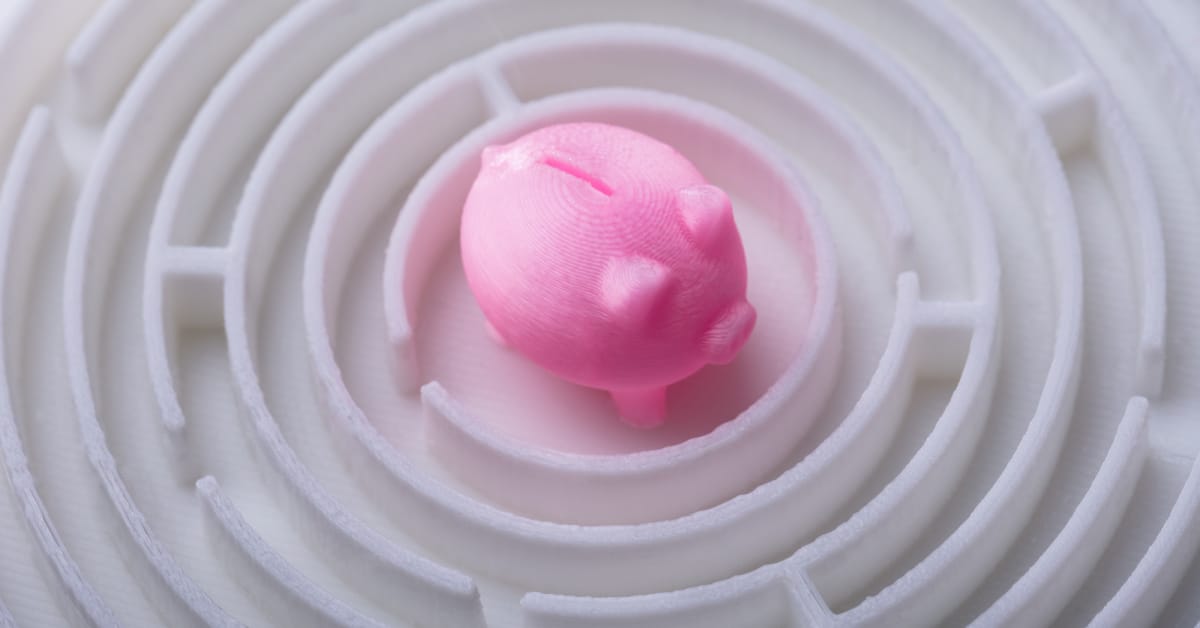(This page may contain affiliate links and we may earn fees from qualifying purchases at no additional cost to you. See our Disclosure for more info.)
Buying now and paying later when shopping online has become America’s new way to pay—a natural progression for a country that runs on credit.
In fact, 60% of consumers use or have used the buy now pay later (BNPL) services for purchases, while 50% are currently making payments to pay off items bought through these services.
It’s easier than ever for shoppers to spend above their means and pay with money they don’t have at the time of purchase.
With Affirm, Afterpay, Klarna, and Uplift—among dozens of other platforms—consumers can pay in segments for anything from clothes to food to flights.
But it’s no coincidence that even experts at Forbes, BuisinessInsider, and CNN have warned people of the dangers of relying on BNPL services to finance their shopping habits.
Just because it’s as easy as a click of a button to purchase today and pay for it later doesn’t mean it’s good for your finances—here’s why:
Racking up Debt
When you borrow through various BNPL apps, it’s easy to read the debt as “upcoming payments,” and those $25 payments can be deceiving. You may not realize how much you really owe.
When you combine all the “upcoming payments” on all of the BNPL apps, your outstanding debt can be much more than you think.
You can further dig yourself into a hole when you see money in your bank account and think that you have a certain amount available to spend, but you aren’t taking into account all of the automatic payments that will go through every two weeks to BNPL apps.
According to a 2021 study by C+R Research, BNPL users owe an average of $883.
And when it comes to credit cards, if you already struggle to stay below your credit limit, paying with your credit card on BNPL apps can rack up a lot more debt than intended and cause you to hit your credit card limit faster, sometimes without even noticing.
Fees and Interest Rates that Add Up
BNPL services make money through late fees and interest rates that may seem small but add up over time and with the number of purchases.
You may think paying on time is easy when you can set up automatic payments, but mistakes often happen. According to the C+R study,
“when consumers buy an item outside of their budget, this can lead to missing payments; about half say they are currently behind on a payment, and almost the same proportion say they are likely to make a late payment within the next 12 months, while 56% have fallen behind on one payment or more.”
Using many BNPL services can make the monthly payments harder to track and can lead to late fees if you’re not careful.
Overspending is the Name of the Game
These BNPL services make more money when you spend more money, and the way they work not only facilitates overspending but encourages it.
The C+R Research Study states that “more than half (57%) of users say they have regretted purchasing Buy Now, Pay Later because the item was too expensive.”
Hefty price tags are disguised as smaller dollar amount payments; this tricks the consumer into spending far beyond their means.
When buying something for $300, 12 payments of $25 sounds like a lot less money and can encourage us to spend on something expensive that we might not have purchased otherwise.
It may even encourage us to buy more because we get tricked into thinking the seemingly smaller payments won’t “hurt” our wallets as much.
Related: Items to Stop Buying to Save Money and Curb Clutter
The Alternative to Buy Now Pay Later?—Save up For It!
If you made it this far and all of those reasons I stated were enough to convince you to stop relying on BNPL services and become more financially responsible, let’s talk about how to adjust your spending habits and embrace the “save up for it” mentality:
1. Determine Needs and Wants
Make a list of things you need and want; this will give you an idea of your actual desires and steer you away from impulse purchases and buying something you could regret later.
Such a list will also help in giving you an idea of how much money you must aim to save up and how you can create a budget to meet those savings goals over a certain period of time.
2. Revisit your Budget
Creating a budget starts with detailing where you are currently spending your money.
Once you understand where your money is going, determine any spending you can cut so you can instead save that money up for a purchase you want.
Laying out your budget helps you see where you can eliminate spending, identify what you can survive without, and discover where you are throwing away your money.
3. Designate Savings Accounts – and Automate!
Designate an amount of money in your budget that you can transfer into your savings from every paycheck to save up for specific purchases.
Make the actual process of savings easier by visiting your bank and speaking to a representative about automatic savings accounts.
Some online banks or credit unions will also allow you to have multiple savings accounts, which you can designate for separate goals.
Make sure this extra cash or separate sinking funds are outside of your emergency funds stash.
Note: Credit card rewards are other ways to save up “free money” when used responsibly by paying off the charges you make monthly. You can rack up all your rewards, and when you get to the desired total, you can cash out on that purchase you’ve been saving up for.
4. Time is Money
That extra time it will take you to save up for a purchase instead of buying now and paying later will help you consider if you truly want/need that purchase.
Furthermore, it will give you more time to explore and browse other cheaper options, wait for a sale, or look for different brands or styles you may like even more.
Save Up or Spend Now?
Saving up for something (not including extra-large purchases like a car or a home) and buying it with your money and not credit may just be the hallmark of a financially responsible adult.
Getting into a “save up for it” mentality is the key to setting money aside for the things you want to buy—and the best way to kick the bad habit of overusing spend now BNPL apps or going into credit card debt and damaging your credit score.
Next: Find the Budget Method That’s Best for You
By Paloma Quevedo, who’s been writing about anything that excites and interests her since she first picked up a pencil. She’s a Texas State University graduate with a bachelor’s in English, and her most recent writings include articles for Bon Appetit Magazine, articles for the coaching platform CoCaptain, and everything finance for Find More Balances. She writes from her home office in Austin, Texas, where she lives with her partner, daughter, and orange cat.







Leave a Reply